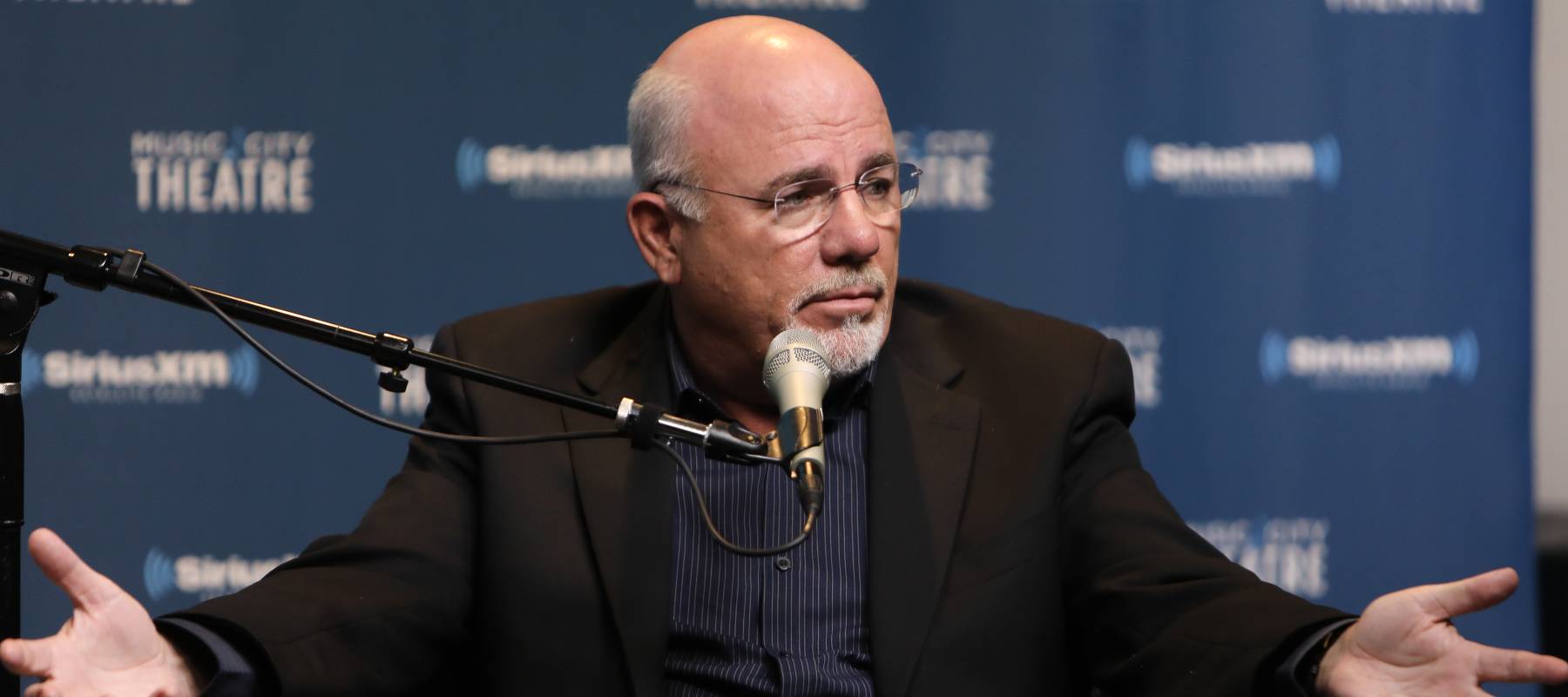1. Create a detailed budget
Knowing how and why you spend money is the first step towards building a budget.
To start, you need to systematically identify what you spend money on and why. If you're not sure how to start, consider adopting one of the most popular (and realistic) budgeting strategies known as the 50/30/20 rule. According to this budgeting strategy you spend:
- 50% of your budget towards needs
- 30% towards wants
- 20% towards savings
And this is just a start. An even more detailed budgeting approach is the Japanese method known as Kakeibo. Created by journalist Motoko Hani in 1906, Kakeibo breaks your purchases down into four buckets (number two and three are combined):
- needs (50%)
- wants and personal growth (30%)
- the unexpected (20%)
For those who prefer using digital tools, consider using a budgeting app. Options include: Goodbudget, PocketGuard, or You Need a Budget (YNAB). Budgeting apps help you keep track of what you spend and some, like YNAB, offer insight into ways to save. If you want to try it out, consider taking the YNAB app for a test. For new customers, try YNAB free for the first 34 days — according to YNAB statistics, customers save an average of $600 over the first two months.
Empower your investments with Qtrade
Discover Qtrade's award-winning platform and take control of your financial future. With user-friendly tools, expert insights, and low fees, investing has never been easier.
Start Trading Today2. Apply for scholarships and grants
Tap free funding opportunities. As soon as possible, look into scholarships and grants — free money that can help reduce financial pressure.
In general, scholarships are awarded based on merit, while grants typically come from government bodies, private foundations, corporations or university departments. In almost all cases, you need to confirm you are eligible for the scholarship or grant and adhere to the application requirements, which can include writing an essay or providing proof of eligibilty. The great part is that scholarships, grants and bursaries don’t need to be repaid, unlike student loans.
Here are some of the best places to find these free funding opportunities:
- University financial aid offices (e.g. Toronto Metropolitan University’s student financial assistance office )
- Department specific awards (e.g. the School of Community and Regional Planning awards at the University of British Columbia)
- Federal scholarships
Bursaries are another option for cash strapped students. They're usually awarded based on financial need rather than academic achievement. Most universities and colleges have web pages dedicated to bursaries (e.g. the Ontario College of Art and Design Bursary program).
3. Plan and apply for student loans
Student loans can be a scary prospect, but with proper planning and budgeting, this can be a smart use of borrowed funds.
There are three main types of loans to help cover costs.
- Government student loans (like OSAP, the Ontario Student Assistance Program)
- Student line of credit through a bank
- Personal loans or bank student loans
As this is a weighty topic we strongly suggest checking out Money.ca’s deep dive into what you need to know about student loans in Canada.
Unexpected vet bills don’t have to break the bank
Life with pets is unpredictable, but there are ways to prepare for the unexpected.
Fetch Insurance offers coverage for treatment of accidents, illnesses, prescriptions drugs, emergency care and more.
Plus, their optional wellness plan covers things like routine vet trips, grooming and training costs, if you want to give your pet the all-star treatment while you protect your bank account.
Get A Quote4. Use a student bank account
As a student, you'll need a bank account — a place to put money that's used to pay tuition, daily living costs and even rent. The good news is that being a student often means getting access to great banking promotions.
Many banks offer special chequing and saving account deals specifically for students. Key bonuses include unlimited transactions, zero monthly fees and boosted interest rates for any money stashed in the account. Extra perks include loyalty points, discounts at specific stores and even bonus giveaways, such as an iPad or headphones.
Find a great student chequing accounts or consider other money management accounts, such as online banks.
Snag a student credit card
Student credit cards offer better cashback rates, free transactions and sometimes travel rewards. But that's not the biggest advantage of a student credit card. By getting a credit card, you can start building your credit history and earning a strong credit score. A good credit score gets you access to lower interest rate loans and higher advances on lines of credit and credit card balances.
Learn more about the best student credit cards.
5. Find affordable textbooks and supplies
The price of a textbook is one of the biggest shocks new university students face. It’s not unheard of to spend hundreds of dollars on books.
Make sure to:
- Buy used when possible
- Consider renting
- Explore digital copies
- Look up textbook exchange programs or open educational resources (OER)
We also suggest checking in with either your alumni organization or higher level students in the same program. Sometimes you can get free textbooks this way.
6. Create a meal plan
Food can be a major expense without the right preparation.
Rolling out of bed and going straight to class might mean a $3.99 blueberry muffin. Do that every day for a week and you’re looking at $20 worth of groceries funneled right out of your pocket.
To avoid this:
- Draft a weekly meal plan
- Cook in bulk
- Go to grocery stores with student discounts or loyalty programs
- Use apps or credit cards that offer cashback on groceries
Completing these tasks will help students manage their finances effectively, allowing them to focus on their studies without the stress of accumulating debt.
Don’t panic: keep calm and budget on
Being a student is exciting. New school, new people and a chance to expand your horizons. But the experience can be mired with the stress of finances. Fortunately, there’s plenty you can do to take control of your time at university.
Sources
1. Wikipedia: Hani Motoko
2. Wikipedia: Kakiebo
3. Toronto Metropolitan University: Student Financial Assistance
4. University of British Columbia: Student Life
5. Government of Canada: Student Aid
6. Ontario Collage of Art and Design: Bursary Program
7. Government of Ontario: OSAP: Ontario Student Assistance Program
8. Campus Ontario: Open education resources
Sponsored
Trade Smarter, Today
With CIBC Investor's Edge, kick-start your portfolio with 100 free trades and up to $4,500 cash back.









